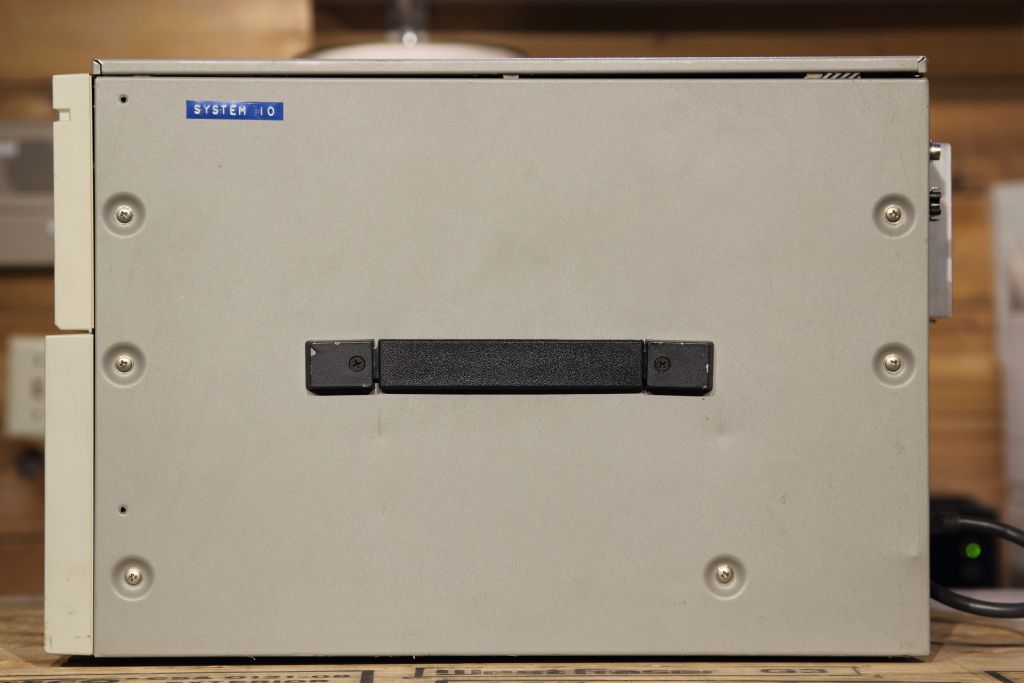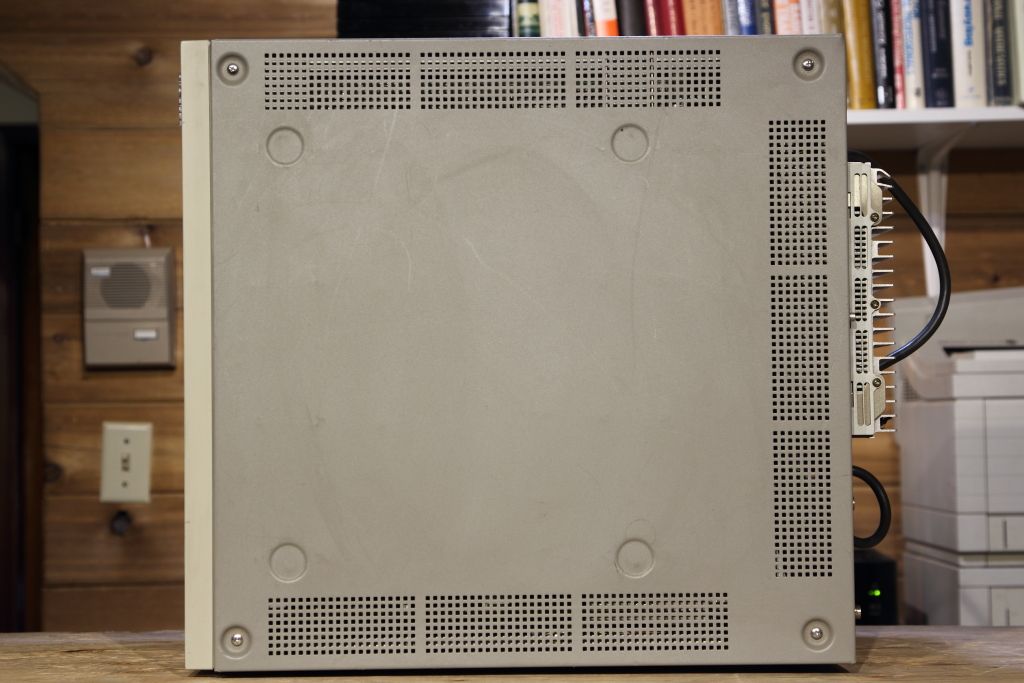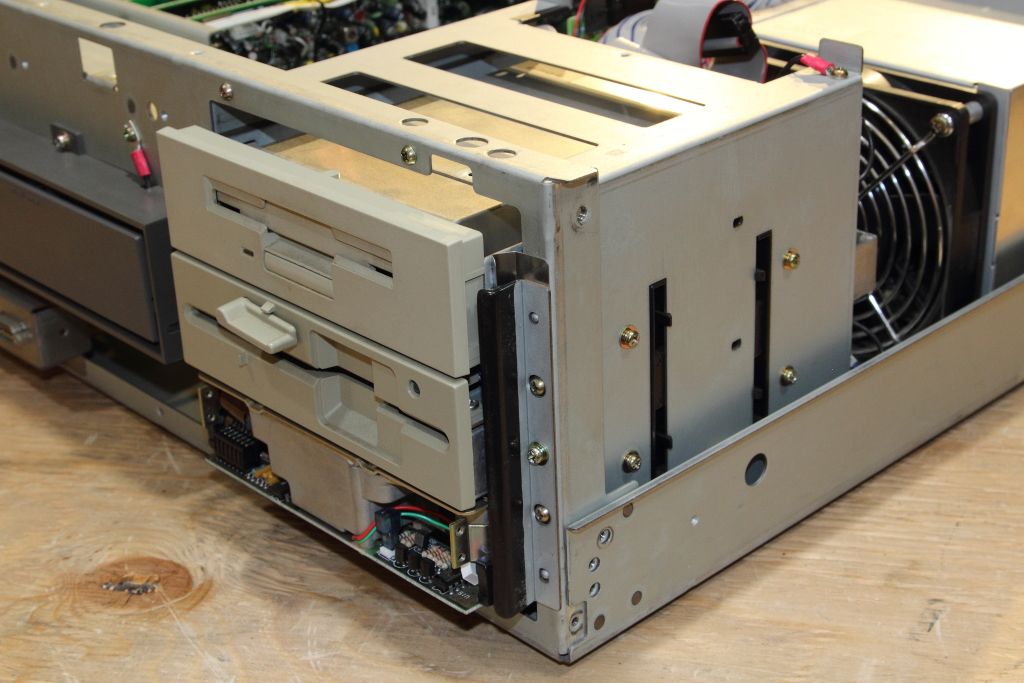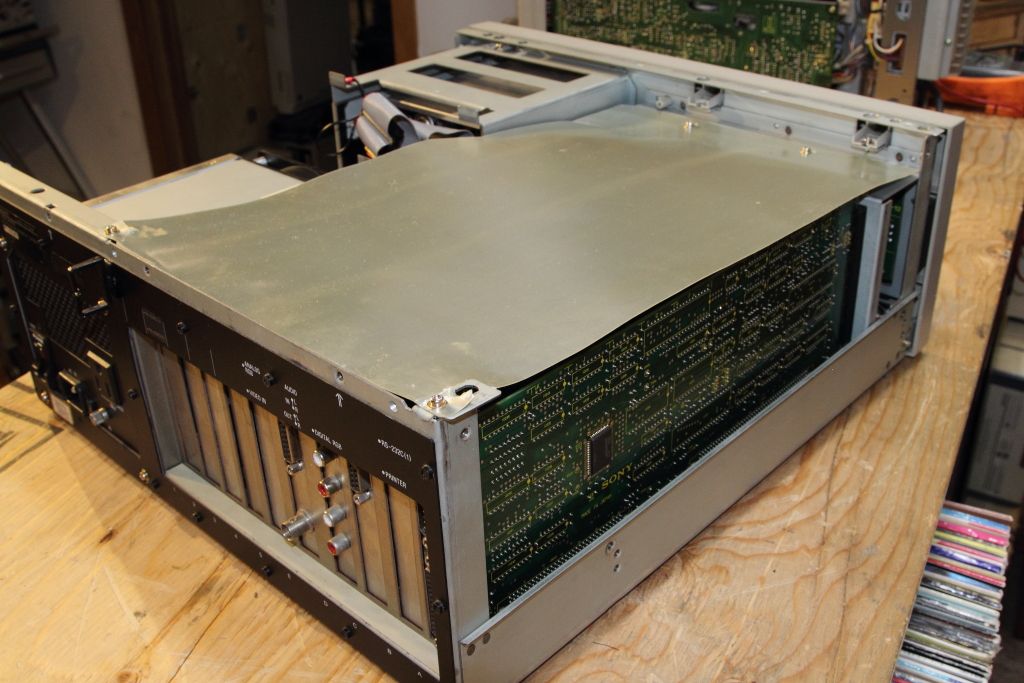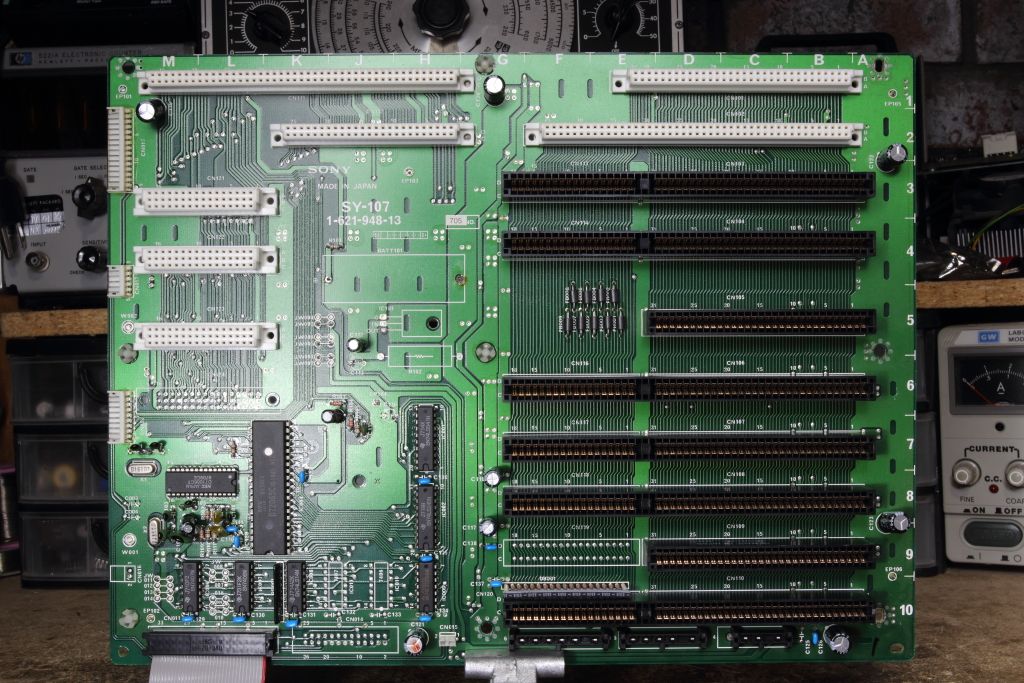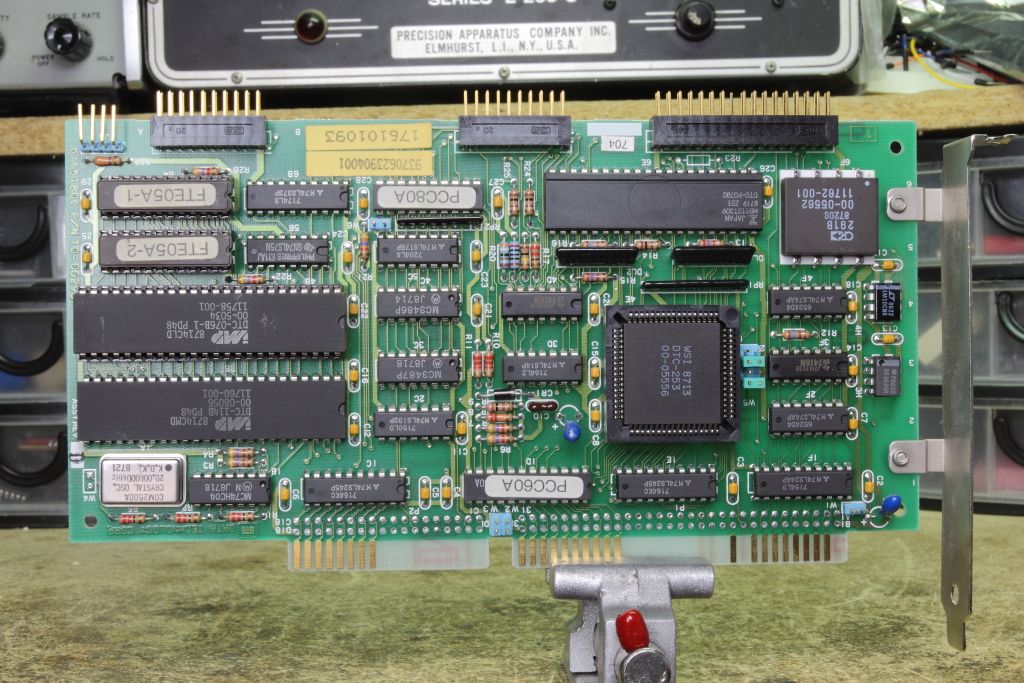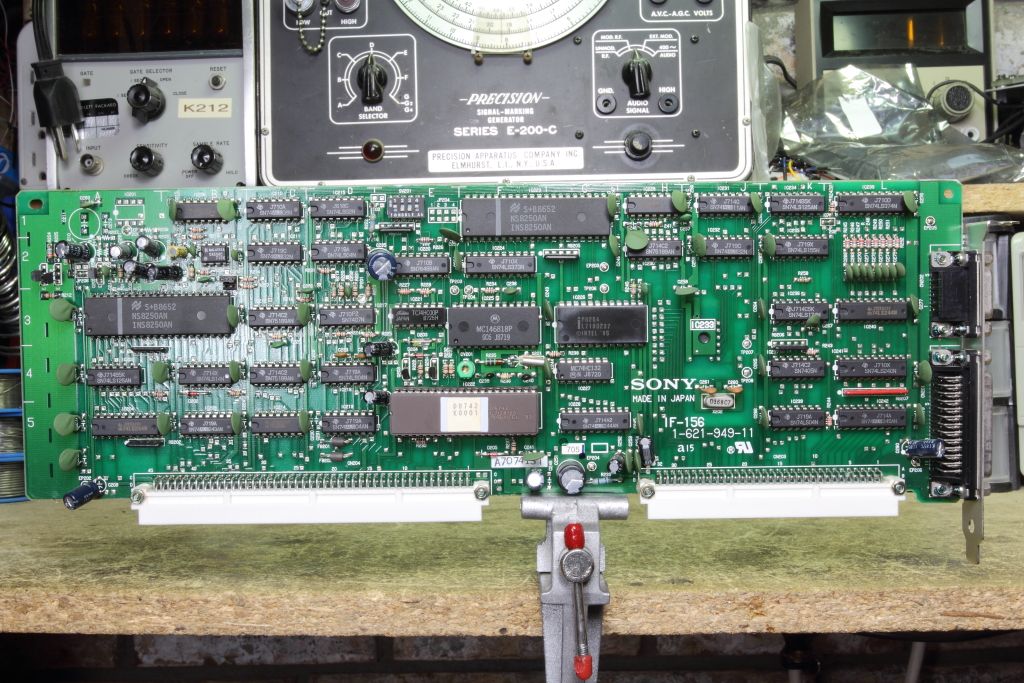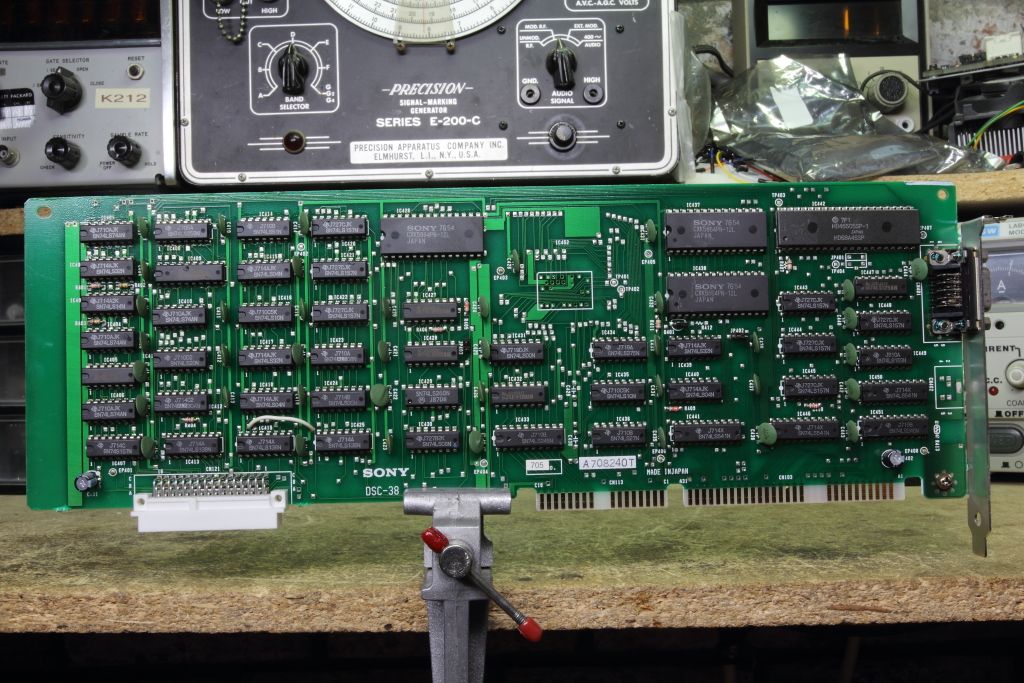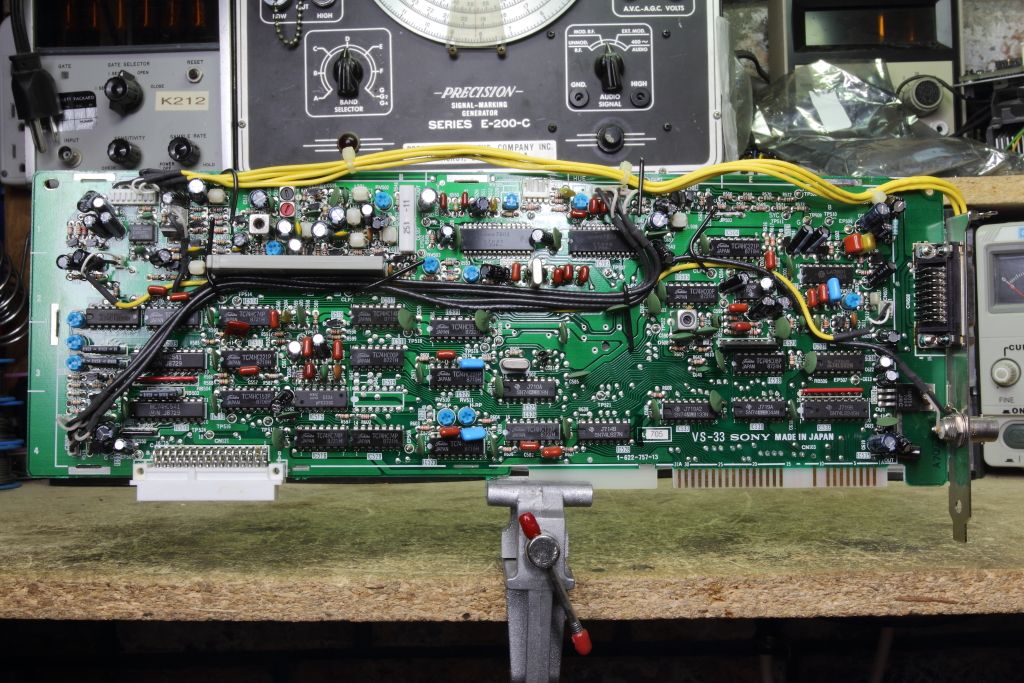NeXT
Veteran Member
I am in talks with another member in regards to an early 90's system manufactured by Sony under the "VIEW" product line. Basically it is like my Matrox E-VDP which I worked on and inquired about here on the forum over the last decade but instead of a passive backplane Sony has made nearly the entire system a set of proprietary boards. There is a great set of scans for the product brochure available online.




This particular unit has a Sony LDP-2000 player bolted to the top. Again. There's great brochure scans available.


>>Link in case any of the images above are not working for you<<
The "VIEW" name is pretty vague. It's about as useless as Sony's NeWS naming scheme. I've been digging around on and off for a few weeks now trying to find additional information about the system but I'm not having much luck. Does any of this ring a bell for anyone before I start doubling up on known information?
The brochure also brings up compatibility with the IBM "InfoWindow" system. While I can find promotional images that show people using a touch enabled video display I have never seen a similar videodisc product from IBM, however I can assume that they had something going back to 1986 as they operated kiosks at Expo 86.




This particular unit has a Sony LDP-2000 player bolted to the top. Again. There's great brochure scans available.


>>Link in case any of the images above are not working for you<<
The "VIEW" name is pretty vague. It's about as useless as Sony's NeWS naming scheme. I've been digging around on and off for a few weeks now trying to find additional information about the system but I'm not having much luck. Does any of this ring a bell for anyone before I start doubling up on known information?
The brochure also brings up compatibility with the IBM "InfoWindow" system. While I can find promotional images that show people using a touch enabled video display I have never seen a similar videodisc product from IBM, however I can assume that they had something going back to 1986 as they operated kiosks at Expo 86.
Last edited:



